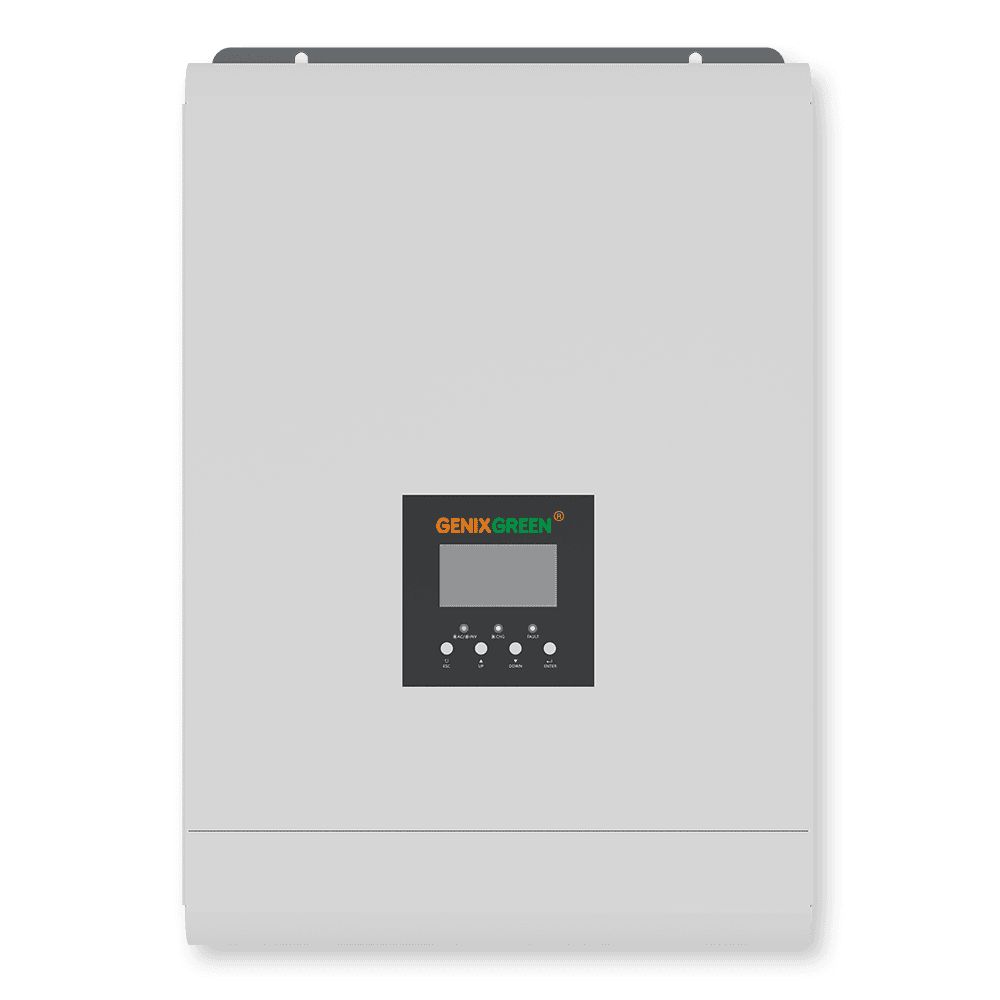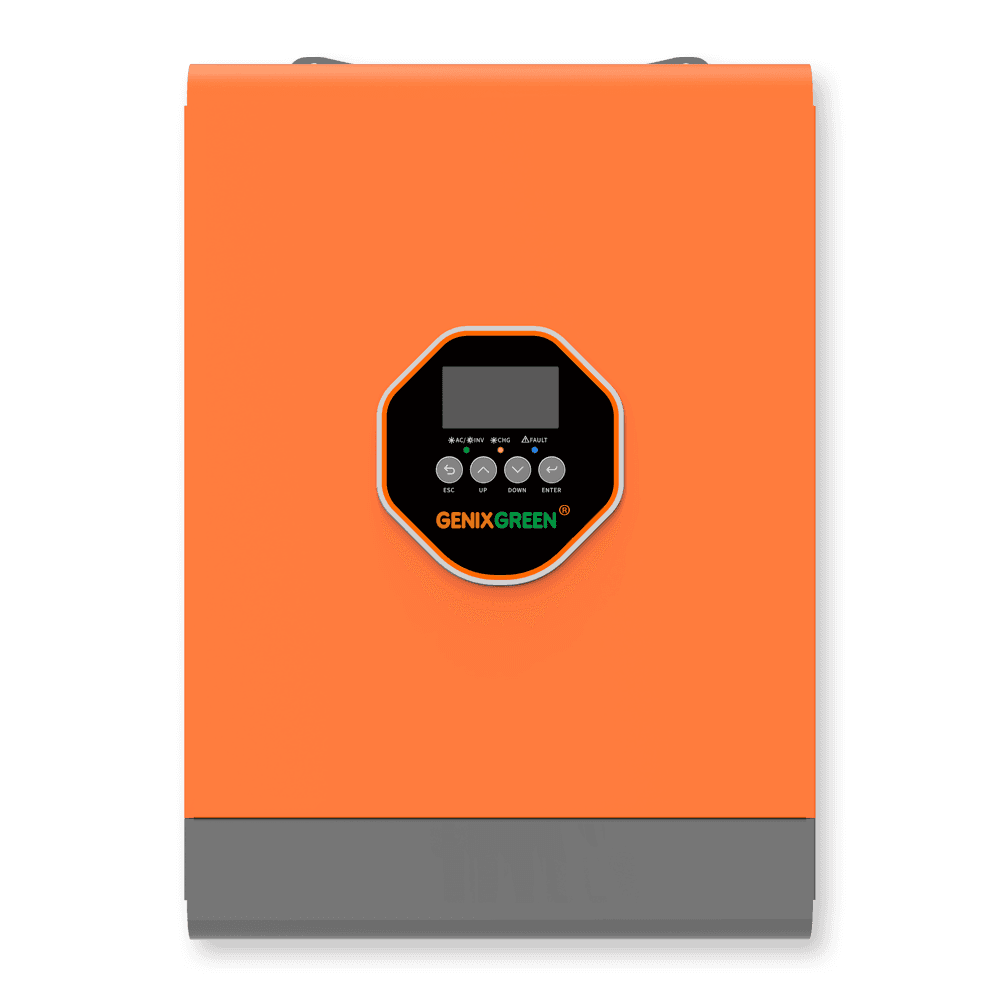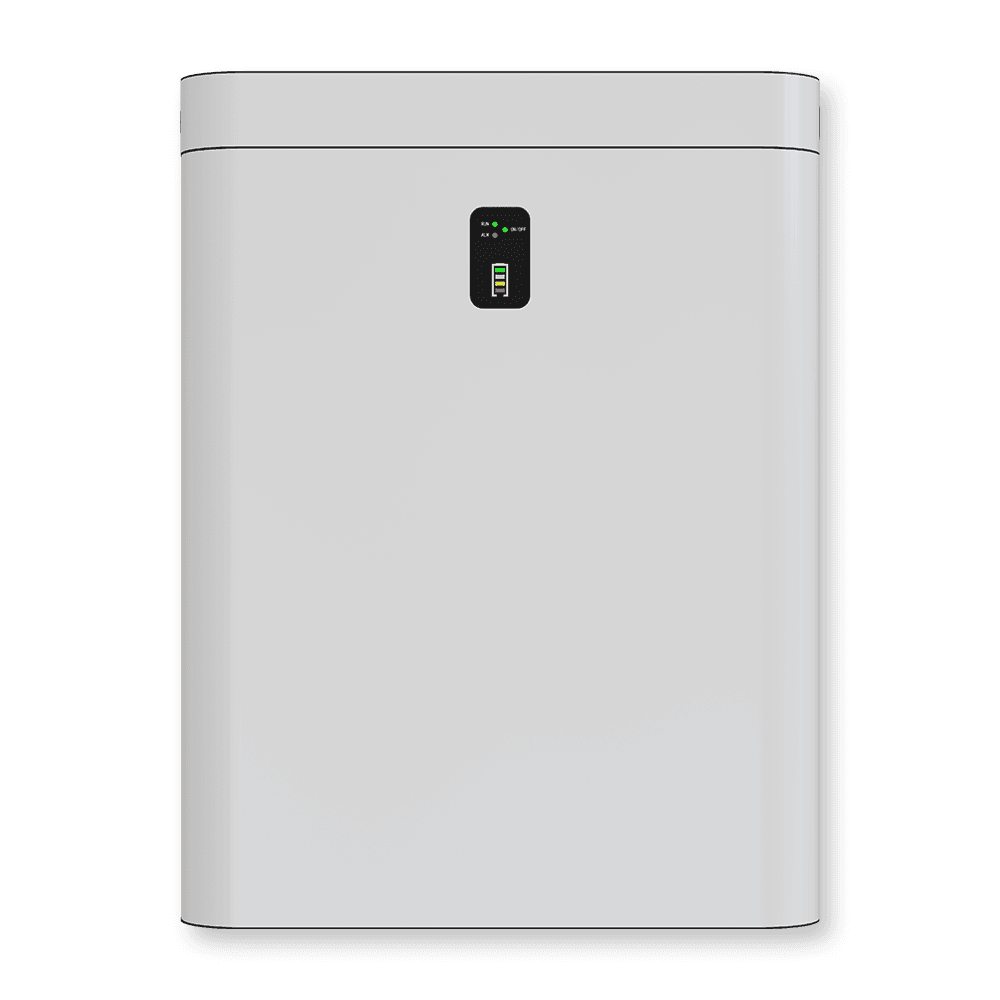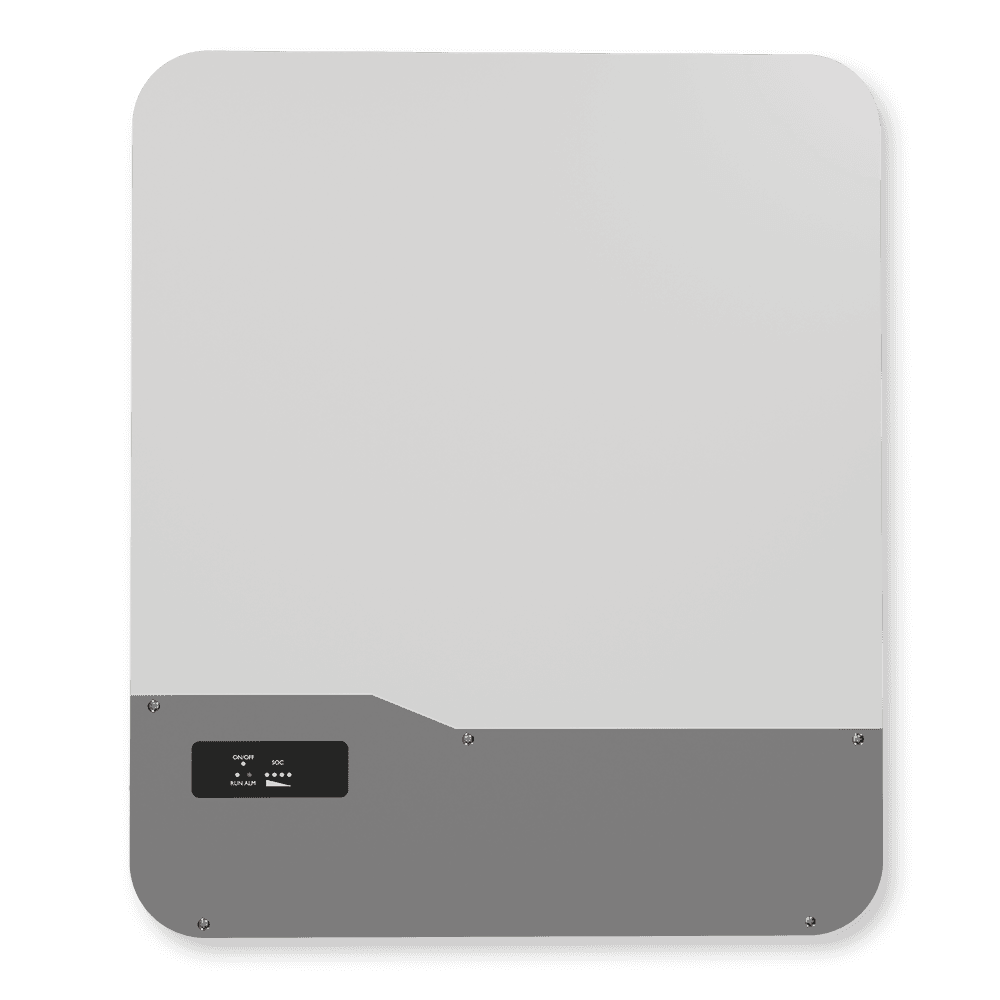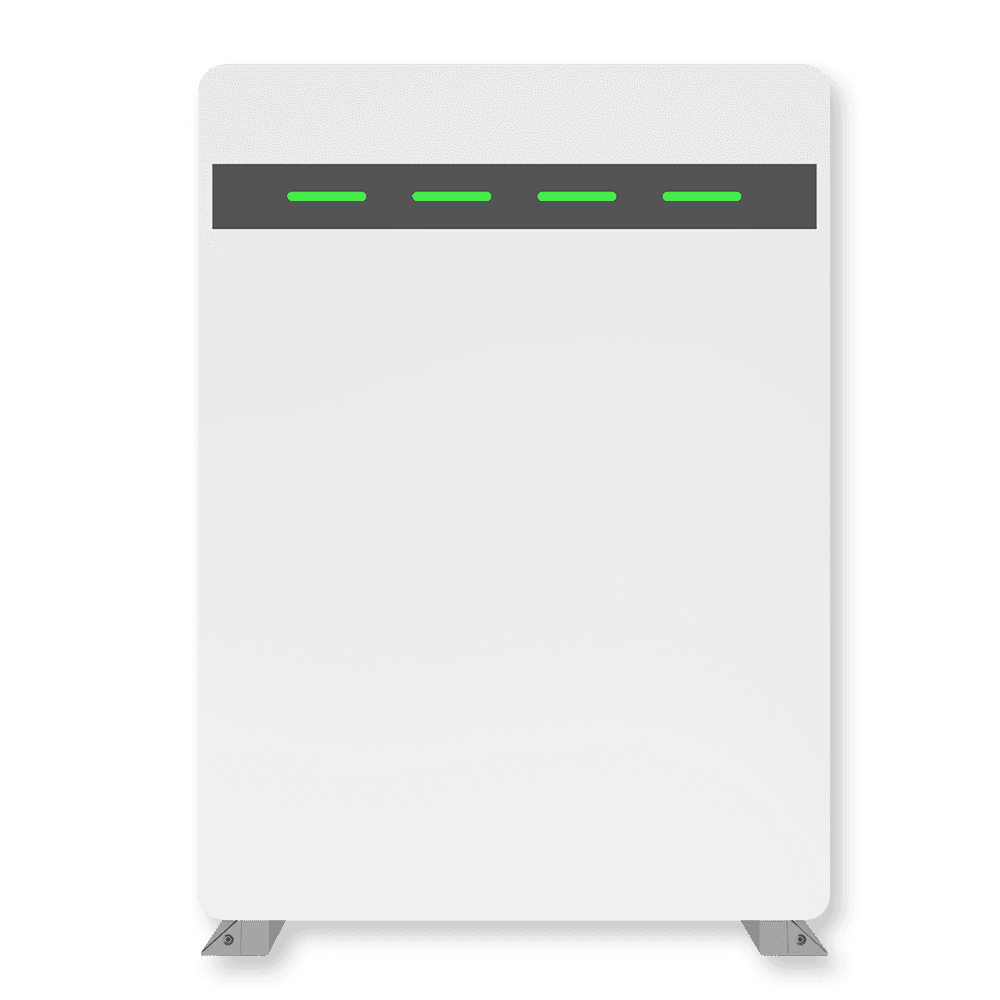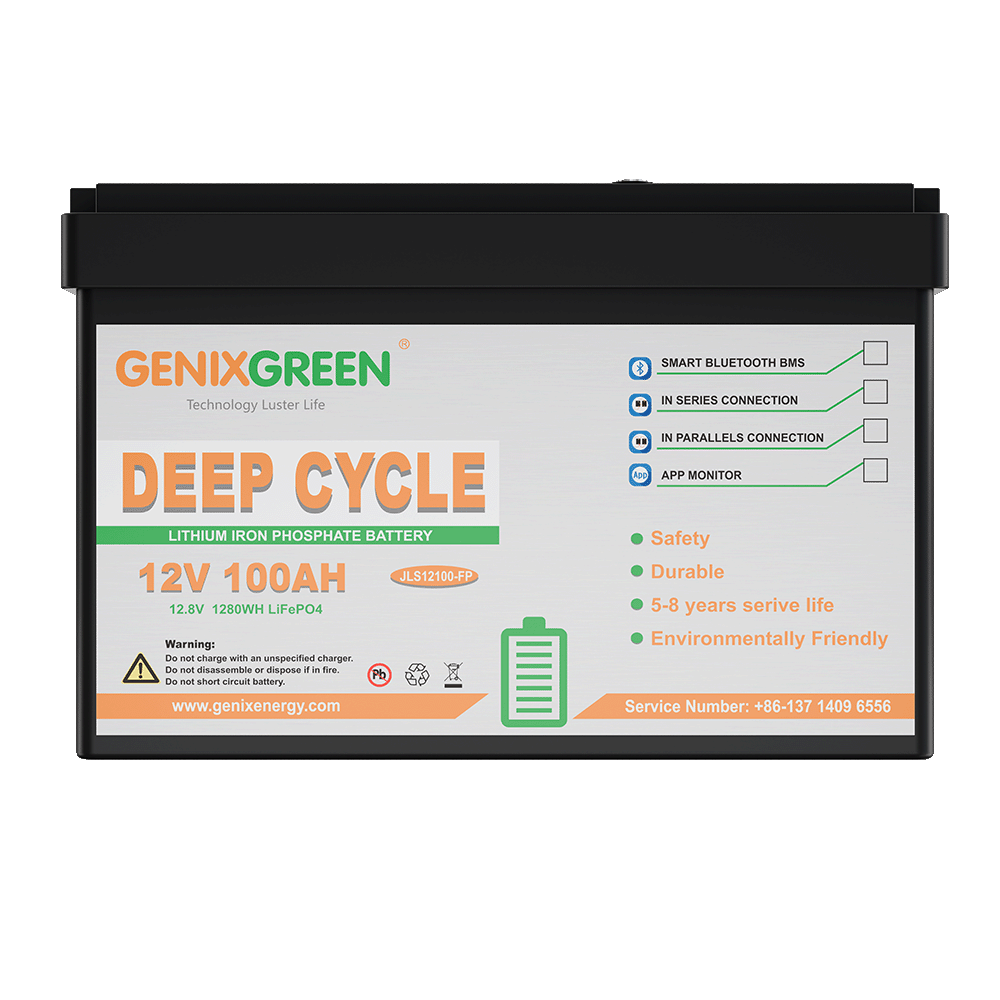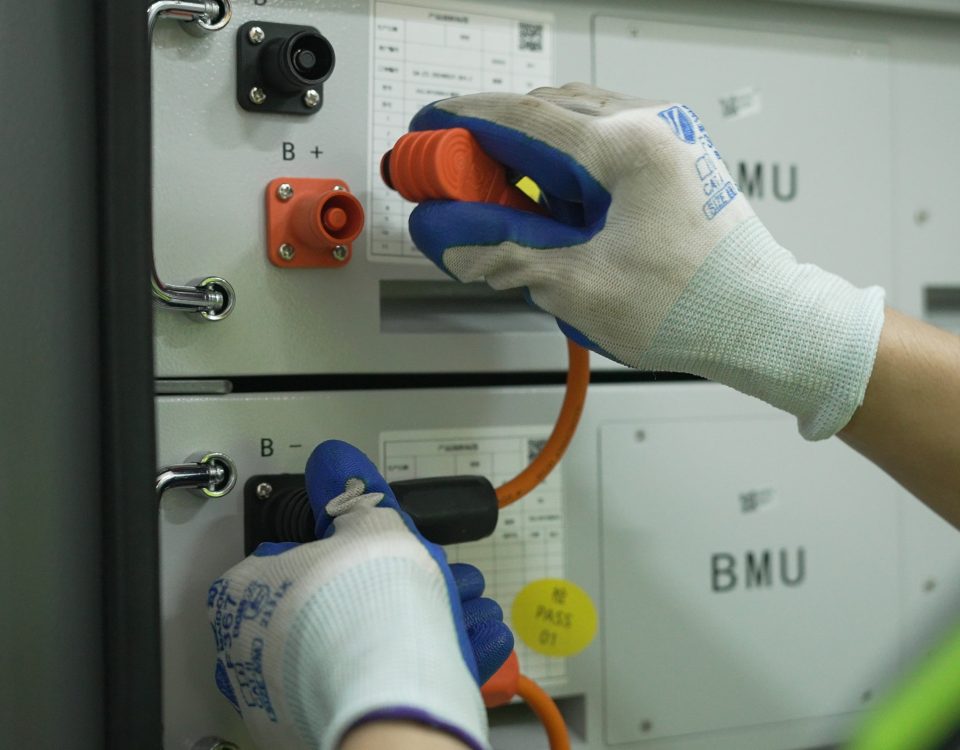
Discover the Future of Energy with GENIXGREEN at Solar Bangladesh Exhibitions 2024
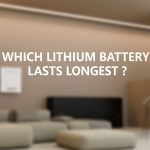
Which lithium battery lasts longest ? TOP 5 Product
Lithium ion batteries, as the main energy source for modern electronic devices and electric vehicles, work based on the process of lithium ion embedding and de-embedding. This unique mechanism enables lithium ion batteries to efficiently store and release energy, thus meeting our needs for portable devices, transportation, and renewable energy storage.
Structural composition and basic principles
Lithium ion batteries are mainly composed of four key parts: positive electrode (cathode), negative electrode (anode), electrolyte, and separator. The positive electrode usually uses lithium metal oxides, such as LiCoO₂ or LiFePO₄, which have excellent lithium ion de-embedding properties. Graphite is often used for the negative electrode, which can effectively embed lithium ions. The electrolyte is a liquid or solid material containing lithium salts, which is responsible for conducting lithium ions inside the battery. The separator is a porous material that allows lithium ions to pass through while preventing direct contact between the positive and negative electrodes, thereby avoiding short circuits.
Analysis of the charging and discharging process
Charging process: When charging a lithium ion battery, an external power source provides electrical energy. This electrical energy causes the lithium ions in the positive electrode to deintercalate and migrate to the negative electrode through the electrolyte. During the migration process, electrons flow to the negative electrode through the external circuit to form a charging current. At the negative electrode, lithium ions combine with electrons and embed into the graphite layer to form lithium carbon compounds. This process converts electrical energy into chemical energy and stores it in the battery.
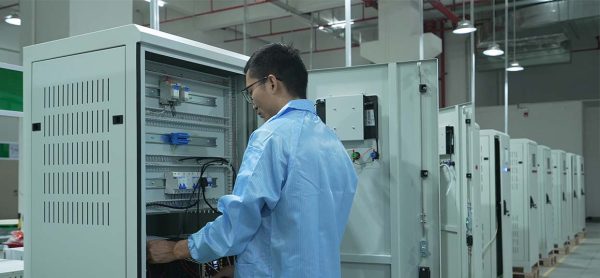
Discharge process: When a lithium-ion battery is discharged, the lithium ions stored in the negative electrode will deintercalate again, releasing electrons into the external circuit to provide electrical energy. After passing through the external circuit, these electrons return to the positive electrode. At the same time, the lithium ions return to the positive electrode through the electrolyte and are re-embedded in the lithium metal oxide. This process converts chemical energy into electrical energy for use in electrical devices.
The role of electrolyte and diaphragm
The electrolyte plays a vital role in lithium-ion batteries. It is not only a conduction channel for lithium ions, but also determines the performance and safety of the battery. The electrolyte is usually composed of lithium salts (such as lithium hexafluorophosphate) and organic solvents (such as ethylene carbonate), which together constitute the medium for ion conduction.
The separator is a porous material that allows lithium ions to pass through but prevents direct contact between the positive and negative electrodes. This property ensures the safe operation of the battery during charging and discharging. The separator is usually made of polyethylene or polypropylene, which have excellent mechanical properties and chemical stability.
Characteristics and Applications of Lithium-ion Batteries
Lithium-ion batteries have advantages such as high energy density, long cycle life and low self-discharge rate. These characteristics make lithium-ion batteries an ideal choice for portable devices, electric vehicles and renewable energy storage. High energy density means that lithium-ion batteries can store more energy, thereby extending the use time of the device. Long cycle life ensures that the battery can maintain good performance after multiple charge and discharge. Low self-discharge rate reduces the energy loss of the battery when it is not in use and extends the standby time of the battery.
Conclusion
In summary, the working principle of lithium-ion batteries is to store and release energy through the embedding and de-embedding of lithium ions. This mechanism gives lithium-ion batteries the advantages of high energy density, long cycle life and low self-discharge rate, and is widely used in smart phones, laptops, electric vehicles and renewable energy storage. With the continuous development of technology, the performance of lithium-ion batteries will be further improved, bringing more convenience and possibilities to our lives.



